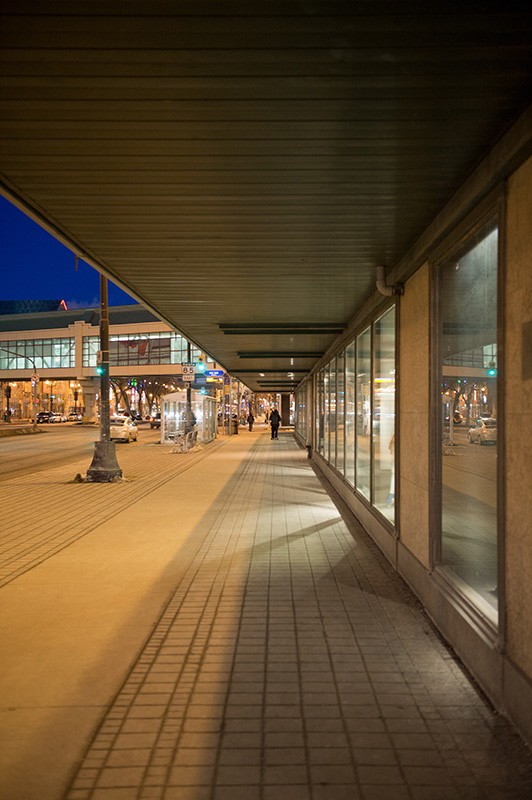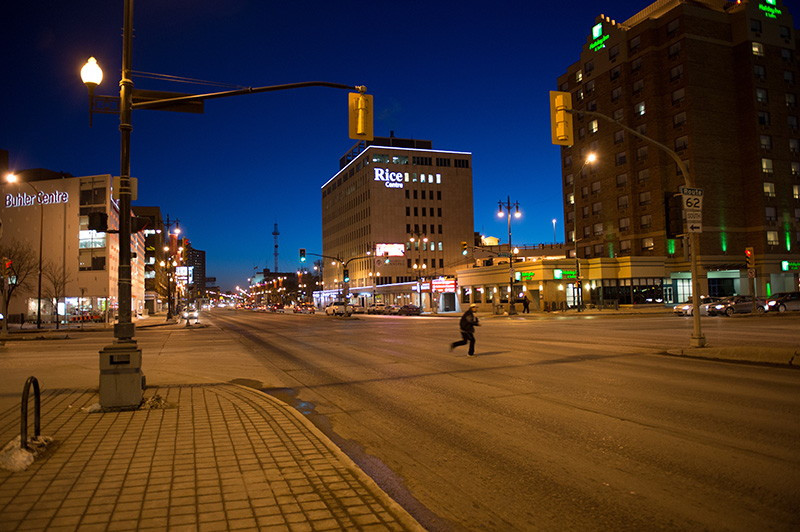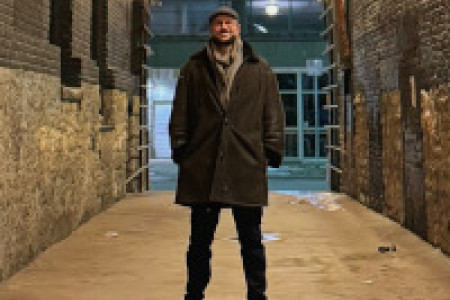Reduce crime
How could Winnipeg be improved? The Uniter put together a list of ideas… To view the next article click here.
In late February, while jogging across the Slaw Rebchuck bridge in his North End constituency, NDP MLA Kevin Chief was viciously attacked by four thugs.
In a city that leads the country in crime and incarceration rates, particularly for homicide, one would think Chief would press charges against his attackers or, at the very least, make a statement about Winnipeg’s crime problem.
Instead, Chief shrugged off the prospect of prosecution and emphasized that the North End is largely a safe community.
As a private citizen, his decision not to press charges, and to paint a rosy picture of his home neighbourhood to the media, are understandable. In fact, he has every right to keep the details personal and his response muted. Having never been attacked in the same way, I do not know how I’d respond.
However, as a public official his statements are too common in a city that maintains an unhealthy cultural and political relationship with crime.
It seems sometimes that one cannot get robbed or attacked in Winnipeg, particularly in the inner city, without some obligatory and politically correct caveat uttered after the fact. This is bolstered, even encouraged, by our politicians.
A strong example of this political double-speak on the question of crime was showcased by both mayor Sam Katz and Downtown BIZ executive director Stefano Grande - both so-called “tough on crime” proponents - chiding Air Canada when they moved flight staff away from the downtown due to safety issues.
In short, the downtown isn’t safe enough, and safety needs to be improved. But the moment a company decides to avoid the downtown on the basis of their perception of safety (or lack thereof) they are characterized as hysterical and shortsighted.
I have been active on Twitter for a while and have been a student at the University of Winnipeg even longer. One night, I was walking to my downtown bus stop at about 11 p.m. after a late night on campus when I felt the urge to tweet a picture of the desolate Portage Avenue, adding that the only time I feel unsafe downtown is when there is literally no one in sight.
The response I garnered, including from those involved with the Downtown BIZ, was startling. My urban nerd colleagues who consistently advocate for population density and lively streets to mitigate crime, were now telling me how “peaceful” they found the empty Portage Avenue and how I was nitpicking on policy.
What these incidents demonstrate is a profound double standard when it comes to crime and safety.
It is obvious that some neighbourhoods and some racial groups are singled out as criminal hotbeds due to prejudice. It is equally obvious that for every criminal or bad apple in a neighbourhood there are countless good and decent people.
Prejudice is not going to be mitigated by ignoring or apologizing for crime, whether in terms of its prevention or its prosecution. And crime is not going to be properly mitigated by a distant police service and an out-of-touch social services sector.
When 13 previously separate municipalities were amalgamated into the City of Winnipeg in the early 1970s, one of the consequences was the unification of 13 vastly different police services into one massive force. When people discuss the need for community policing in Winnipeg, they are essentially advocating for the return of this model, whereby officers with the St. Boniface Police Service, for example, understood the unique social circumstances and troubled characters in the neighbourhood.
This involved beat cops on the street for safety and the growth of relationships between police and law-abiding citizens. It was about trust, however flawed it may have been at that time due to racism and a criminal code too lax on some offenses.
That trust can be re-established on a better, more progressive foundation.
In short, what inner city Winnipeg needs to adequately address its crime problem is a new approach to policing and social services that emphasizes the countless good and decent people living there. And, through the encouragement of population density, politicians can bring more of those people into inner city neighbourhoods.
What it doesn’t need is more political double standards meant to placate sensitive voters or inner city residents.
Part of the series: The Urban Issue 2013
Published in Volume 67, Number 25 of The Uniter (March 28, 2013)








